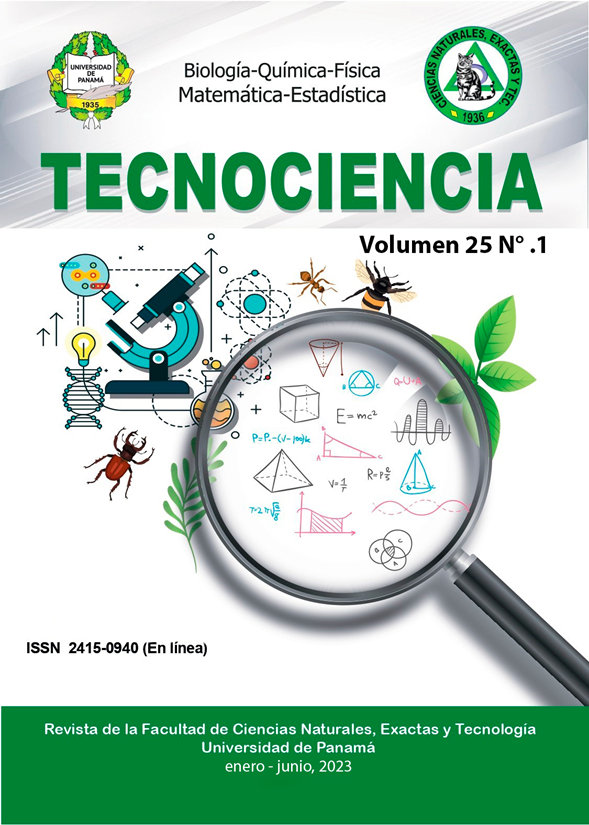


Esta obra está bajo una licencia internacional Creative Commons Atribución-NoComercial-CompartirIgual 4.0.
En la vertiente del pacífico panameño se encuentran alrededor de unas 170 000 hectáreas de bosque de manglar de las cuales los manglares ocupan el 25 % de la superficie existente. El trabajo tuvo como finalidad la rehabilitación de 33 hectáreas en el bosque inundable, en él se determinó la ubicación del polígono georreferenciado para el diseño de un mapa cartográfico. Esta restauración se realizó con la especie Pelliciera rhizophorae producida en vivero. El sitio seleccionado para la restauración estuvo invadido por el helecho Acrostichum aureum el cual fue cortado con machete previamente y luego se procedió a la restauración con 20 592 plantones en el periodo de junio del 2013. El año siguiente se establecieron 18 parcelas de monitoreo distribuidas al azar dentro del polígono de las 33 hectáreas. A partir del 2014 y hasta el 2017, se midieron 900 arbolitos de Pelliciera. La altura promedio que alcanzaron los árboles fue de 205,1 cm promedio y hubo un 1,7 % de mortalidad. El Acrostichum fue controlado a medida que iban creciendo los plantones de mangle piñuelo durante 4 años y los resultados durante los cinco años es que se pudo estabilizar el equilibrio ecológico del ecosistema de manglar.